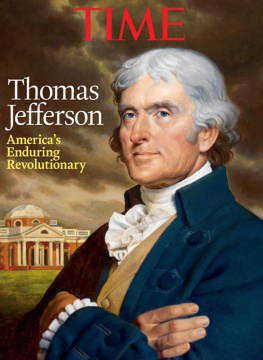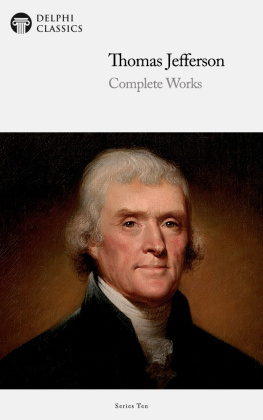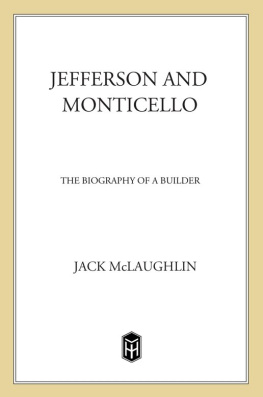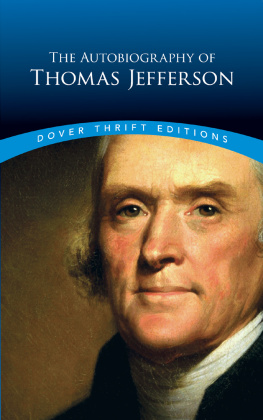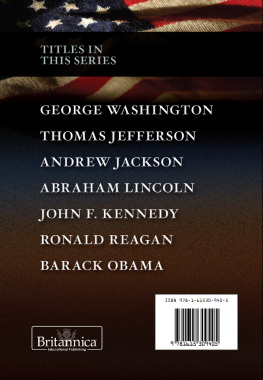Hugh Howard - Dr. Kimball and Mr. Jefferson: Rediscovering the Founding Fathers of American Architecture
Here you can read online Hugh Howard - Dr. Kimball and Mr. Jefferson: Rediscovering the Founding Fathers of American Architecture full text of the book (entire story) in english for free. Download pdf and epub, get meaning, cover and reviews about this ebook. year: 2011, publisher: Bloomsbury Publishing, genre: Detective and thriller. Description of the work, (preface) as well as reviews are available. Best literature library LitArk.com created for fans of good reading and offers a wide selection of genres:
Romance novel
Science fiction
Adventure
Detective
Science
History
Home and family
Prose
Art
Politics
Computer
Non-fiction
Religion
Business
Children
Humor
Choose a favorite category and find really read worthwhile books. Enjoy immersion in the world of imagination, feel the emotions of the characters or learn something new for yourself, make an fascinating discovery.

- Book:Dr. Kimball and Mr. Jefferson: Rediscovering the Founding Fathers of American Architecture
- Author:
- Publisher:Bloomsbury Publishing
- Genre:
- Year:2011
- Rating:3 / 5
- Favourites:Add to favourites
- Your mark:
Dr. Kimball and Mr. Jefferson: Rediscovering the Founding Fathers of American Architecture: summary, description and annotation
We offer to read an annotation, description, summary or preface (depends on what the author of the book "Dr. Kimball and Mr. Jefferson: Rediscovering the Founding Fathers of American Architecture" wrote himself). If you haven't found the necessary information about the book — write in the comments, we will try to find it.
Yes, they make rather an odd couplebut, truly, Thomas Jefferson (1743-1826) and Fiske Kimball (1888-1955) are the Johnson and Boswell of the story of American architecture. If not for Dr. Fiske Kimball, we might never have known that Thomas Jefferson was an architect. Though he was hailed as a brilliant statesman, Jefferson was all but unknown as an artist and an architect for nearly a century. But Kimball, an industrious scholar with a keen eye, made a series of critical discoveries that changed not just the image of Jefferson, but also rewrote the story of American architecture, introducing its first real practitioner.
Benjamin Henry Latrobe, Charles Bulfinch, William Thornton, Robert Mills-Kimball identified the key figures who together with Jefferson transformed the craft of building into the art of architecture, at the same time setting the aesthetic tone for a young country still struggling to define itself. Part detective story, part narrative history, Dr. Kimball and Mr. Jefferson recreates the stories of these visionary men through the lens of the amazing Fiske Kimball, who, in resurrecting their legacy, helped found the twin disciplines of historic preservation and architectural history.
Hugh Howards books include the definitive Thomas Jefferson, Architect; his memoir House-Dreams; the essay collection The Preservationists Progress; and an introduction to the architecture of Williamsburg, Colonial Houses. He lives in upstate New York with his wife and their two teenage daughters.
Hugh Howard: author's other books
Who wrote Dr. Kimball and Mr. Jefferson: Rediscovering the Founding Fathers of American Architecture? Find out the surname, the name of the author of the book and a list of all author's works by series.


